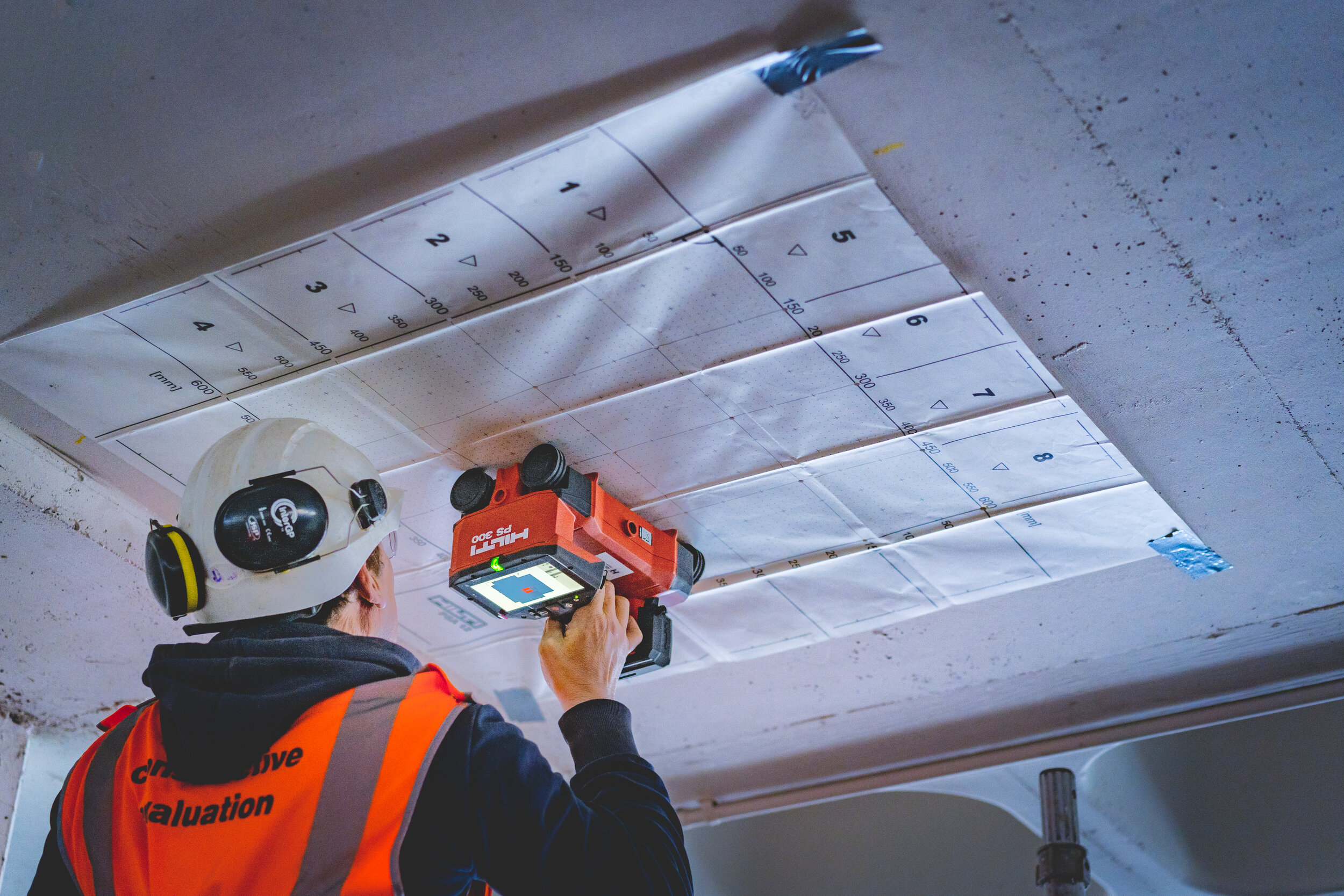RainierGPR Service Areas: Comprehensive Insurance Coverage for Concrete Scanning
RainierGPR Service Areas: Comprehensive Insurance Coverage for Concrete Scanning
Blog Article
Enhancing Project Planning and Implementation Via Advanced Concrete Scanning Methods
In the realm of task planning and execution, insight and accuracy are important components that can make the difference between success and troubles. Advanced concrete scanning techniques have emerged as an innovative device established to elevate the requirements of task management within the construction industry.
Benefits of Advanced Concrete Scanning Methods

Improved Precision in Job Assessments
Enhancing project assessments through advanced concrete scanning strategies significantly boosts the accuracy and dependability of building examinations. By utilizing advanced scanning technologies such as ground-penetrating radar (GPR) and 3D imaging, task teams can now get detailed insights right into the condition of concrete structures, determining prospective flaws or weak points that may not show up to the naked eye. This improved level of precision in project analyses enables building specialists to make even more enlightened decisions pertaining to fixing and maintenance strategies, bring about enhanced total job outcomes.
Additionally, the enhanced accuracy in task evaluations attained through innovative concrete scanning methods aids in reducing the threat of unanticipated issues throughout the construction phase. By proactively spotting surprise anomalies within concrete frameworks, such as rebar corrosion or spaces, task teams can attend to these concerns early, avoiding expensive hold-ups and rework later in the task lifecycle. Ultimately, the improved accuracy in task analyses facilitated by sophisticated concrete scanning strategies contributes to greater performance, cost-effectiveness, and high quality in building and construction projects.
Early Recognition of Architectural Obstacles
Early discovery of structural challenges plays a critical role in making certain the integrity and safety of concrete frameworks throughout the construction procedure. Recognizing potential issues at an early stage allows for prompt treatment, stopping pricey rework, timetable hold-ups, and safety and security threats. Advanced concrete scanning techniques, such as ground-penetrating radar (GPR) and 3D imaging, enable job groups to discover concealed issues, gaps, support layout discrepancies, and other anomalies that could compromise the framework's security.
By executing these methods during the planning and execution stages, building and construction specialists can proactively attend to structural difficulties before they escalate right into significant issues. As an example, spotting insufficient concrete cover over explanation reinforcement bars at an early stage can avoid corrosion and architectural weakening over time - RainierGPR Service Areas. Additionally, identifying variants in concrete density or thickness can help optimize material usage their website and make certain uniform toughness residential properties across the structure
Inevitably, very early recognition of architectural difficulties through innovative concrete scanning not only improves the general quality and durability of the building and construction however also adds to a much safer developed atmosphere for occupants and individuals.
Enhanced Safety And Security Steps in Building
The implementation of durable safety methods is necessary in the construction sector to mitigate threats and protect the health of workers and stakeholders. Construction sites are naturally dangerous settings, with potential risks varying from falls and devices breakdowns to structural failings. To boost precaution, building firms are increasingly adopting technological developments such as wearable devices that check workers' important indications and detect potential wellness issues in real-time. Moreover, using drones for website surveillance permits routine security examinations without putting workers in damage's method. Safety and security training programs have actually additionally evolved to include digital fact simulations that give hands-on experience in dealing with emergency situations. Additionally, the integration of fabricated knowledge in safety and security monitoring systems makes it possible for aggressive recognition of possible threats, enabling timely treatments. By focusing on safety through the incorporation of innovative modern technologies and thorough training programs, building and construction tasks can dramatically lower weblink mishaps and develop a secure workplace for all entailed - RainierGPR Service Areas.
Streamlining Task Monitoring Processes
To maximize functional performance and ensure project success in the construction sector, an emphasis on streamlining project management processes is vital. By carrying out effective project management processes, construction tasks can minimize hold-ups, lower prices, and boost general performance.

Conclusion
In conclusion, the utilization of advanced concrete scanning techniques offers countless advantages for job preparation and execution. These methods offer improved precision in task evaluations, early identification of architectural difficulties, improved precaution in construction, and structured job administration procedures. Including these techniques into task operations can eventually result in more effective and effective outcomes in building and construction jobs.
Ultimately, the boosted accuracy in project evaluations promoted by advanced concrete scanning techniques contributes to higher efficiency, cost-effectiveness, and top quality in building jobs. RainierGPR Service Areas.
To optimize functional efficiency and ensure job success in the construction sector, a focus on simplifying task management procedures is vital. By implementing effective project administration procedures, construction jobs can minimize hold-ups, reduce expenses, and boost overall efficiency. By simplifying job administration procedures through innovation assimilation, clear communication, and data-driven methods, construction jobs can accomplish higher performance, cost-effectiveness, and effective end results.
These strategies provide enhanced precision in task assessments, very early recognition of structural difficulties, boosted safety and security measures in building, and structured task management processes.
Report this page